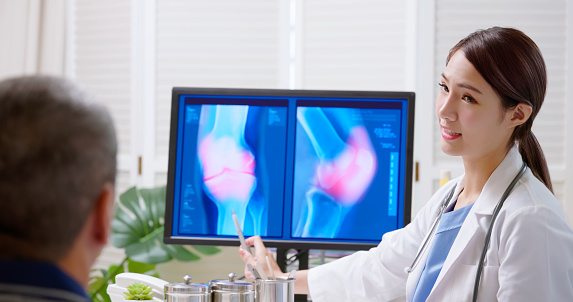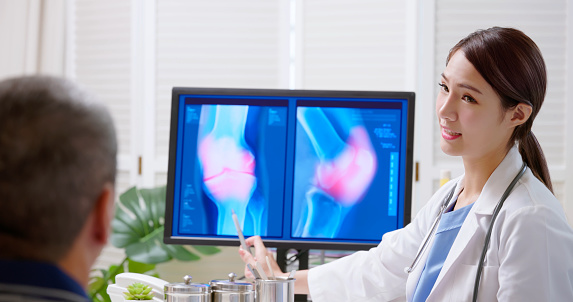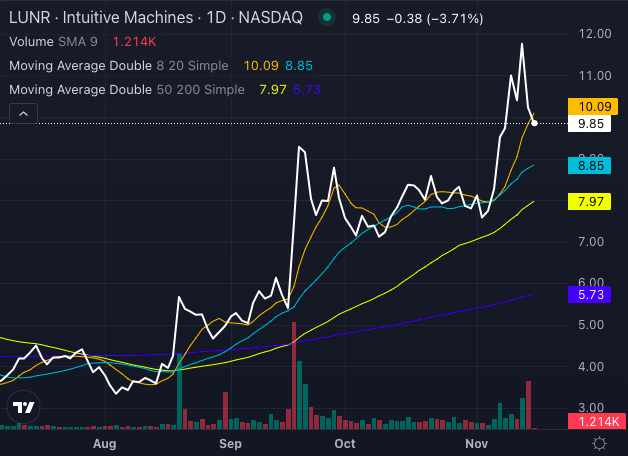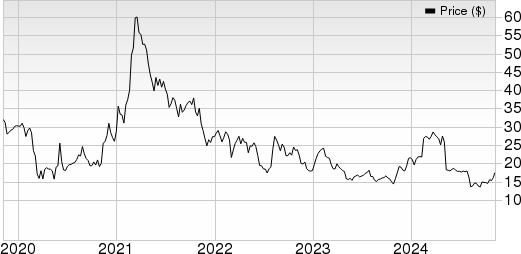
PonyWang/E+ via Getty Images
As the dust settles on the pandemic-related backlog in orthopedic procedures, investors eyeing sales of medical devices may need to realign their expectations, suggests a recent analysis by Needham & Co.
In a detailed report, the investment bank indicated that the backlog phenomenon seems to have run its course, projecting that 2023 sales of orthopedic products are set to marginally exceed what they would have been in the absence of the pandemic.
Employing constant currency compound annual growth rates (CAGRs) from 2013 to 2019 for four core categories of orthopedic devices, Needham extrapolated the data to the pandemic-disrupted years of 2020 through 2023 to assess the sector’s trajectory.
The standout performer in the analysis was the hip market. The study revealed that in the period of 2013 to 2019, hip replacement products exhibited a CAGR of 1.9%. If this growth rate had been sustained through the pandemic years, 2023 sales would have been expected to hit $6.22 billion. Surpassing this projection, Needham estimates that actual 2023 sales amounted to $6.32 billion, marking a 1.5% increase over the non-COVID estimate.
Following closely behind, the spine market showed resilience. Needham approximated a constant currency CAGR of 1.6% from 2013 to 2019, pointing towards potential 2023 sales of $9.77 billion if the growth rate had continued uninterrupted. However, the actual sales figure in 2023 surpassed projections, reaching $9.88 billion, representing a 1.1% uptick from the non-pandemic estimate.
Conversely, the knee market presented a slightly different picture, with a constant currency CAGR of 2.7% from 2013 to 2019. Projected sales for 2023 were $8.55 billion at this growth rate, but in reality, they stood at an estimated $8.61 billion, outperforming the non-COVID estimate by 0.7%.
On the other hand, the trauma and extremities segment experienced slower-than-expected development. With a calculated constant currency CAGR of 6.2% from 2013 to 2019, the sector was anticipated to hit $10.31 billion in sales by 2023. However, Needham reported that the actual figure for 2023 was $9.54 billion, indicating a 7.5% shortfall from the non-pandemic forecast.
Notably, Needham highlights that post-pandemic enhancements in implant pricing might have contributed to heightened sales figures. However, the bank cautioned that despite these adjustments, the growth rate in the orthopedic market is likely to decelerate notably in 2024 compared to 2023.
Overall, Needham’s outlook anticipates a 4.8% growth for the orthopedics market in 2024, a substantial decline from the estimated 7.3% expansion witnessed in 2023. The investment bank anticipates that while many orthopedics companies outperformed expectations in 2023, the potential for exceeding estimates may be more restricted in 2024.
Enovis (NYSE: ENOV) and Alphatec (NASDAQ: ATEC) remain favored by Needham in the orthopedics and spine sectors due to their favorable valuation, with growth prospects leaning more towards market share gains rather than organic market expansion.
Besides Enovis and Alphatec, other orthopedic companies in Needham’s coverage include CONMED (CNMD), Globus Medical (GMED), OrthoPediatrics (KIDS), Paragon 28 (FNA), Medtronic (MDT), Stryker (SYK), and Zimmer Biomet (ZBH).




